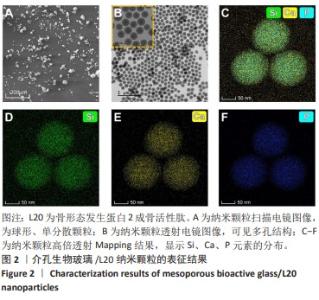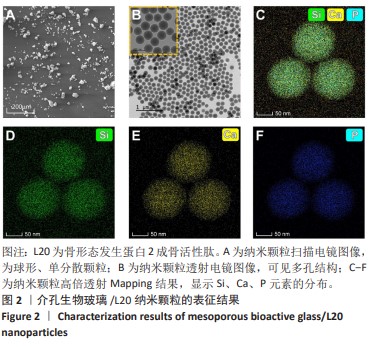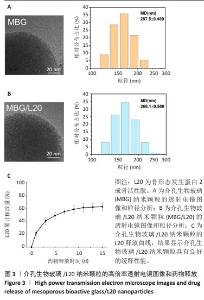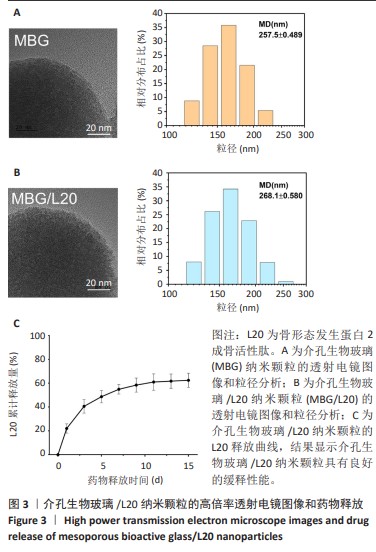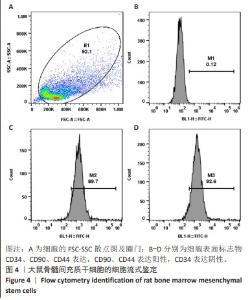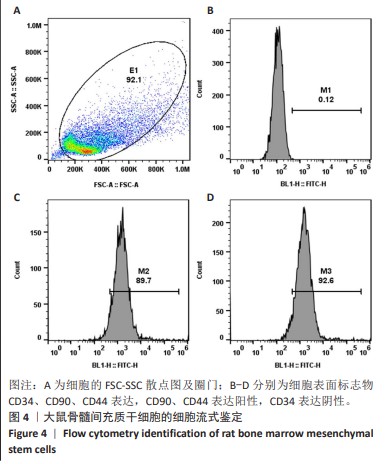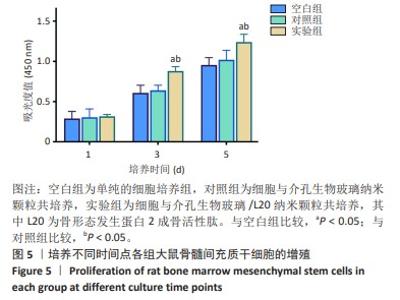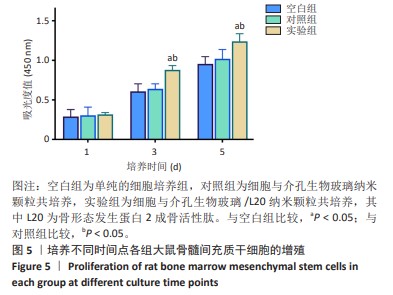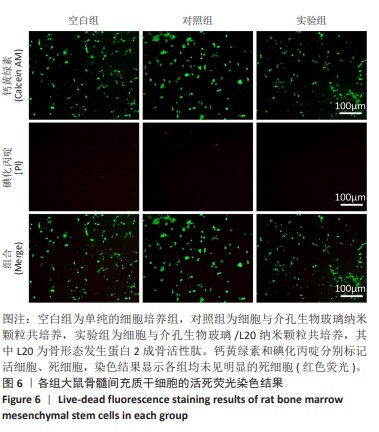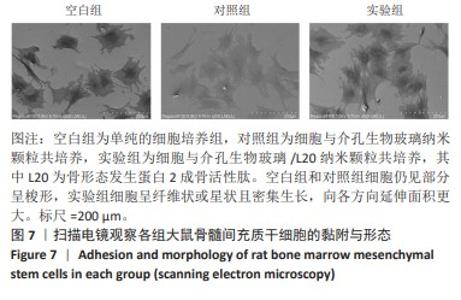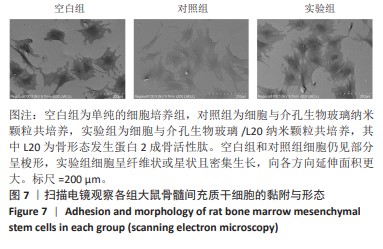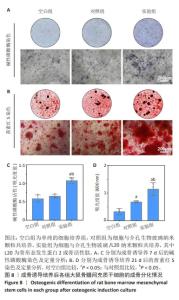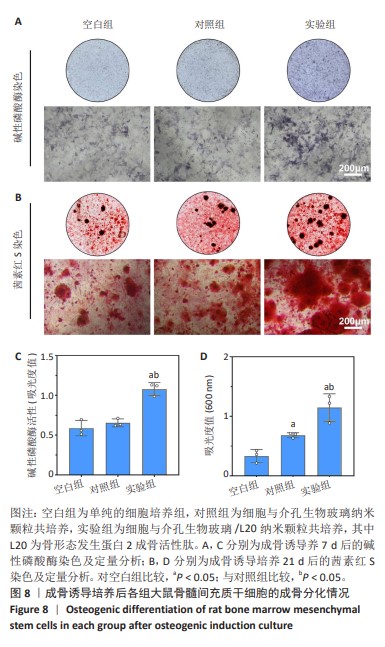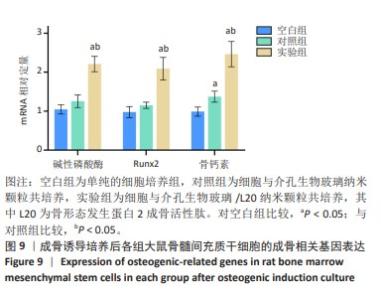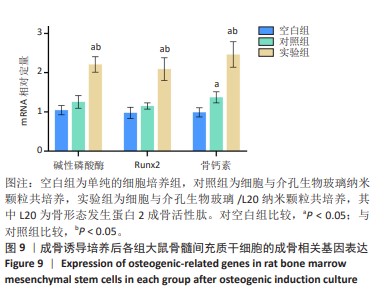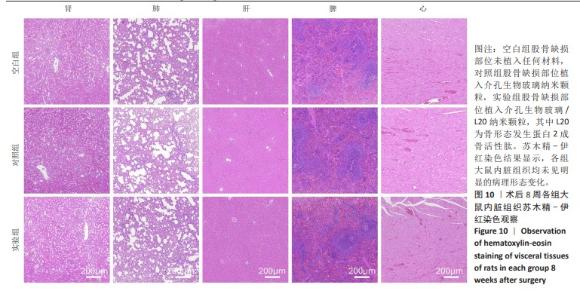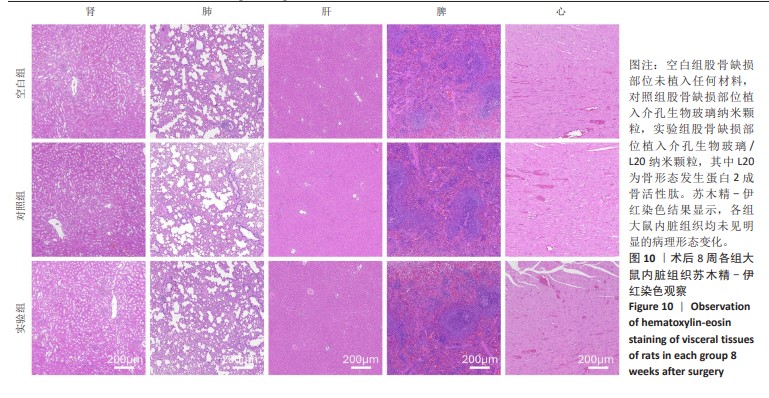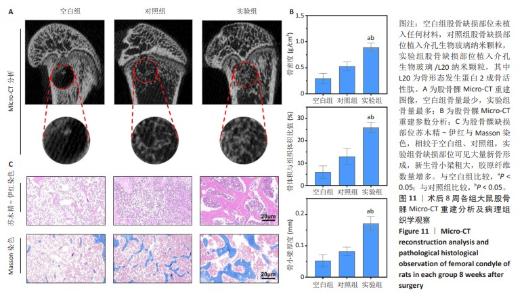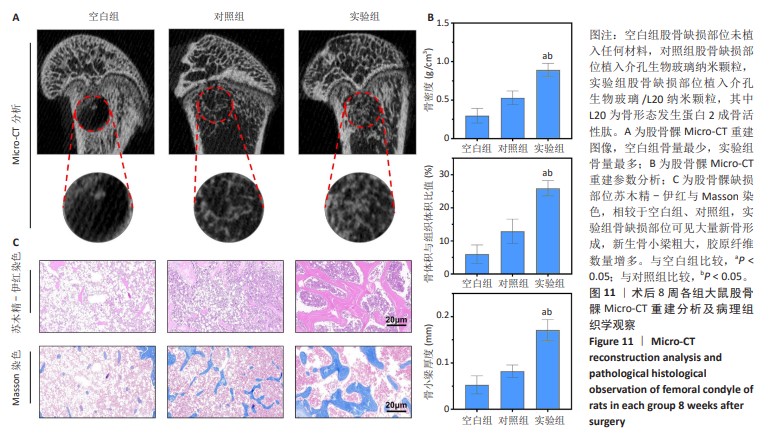[1] ZHANG M, ZHAI X, MA T, et al. Sequential Therapy for Bone Regeneration by Cerium Oxide-Reinforced 3D-Printed Bioactive Glass Scaffolds. ACS Nano. 2023;17(5):4433-444.
[2] HOWARD MT, WANG S, BERGER AG, et al. Sustained release of BMP-2 using self-assembled layer-by-layer film-coated implants enhances bone regeneration over burst release. Biomaterials. 2022;288:121721.
[3] INGWERSEN LC, FRANK M, NAUJOKAT H, et al. BMP-2 Long-Term Stimulation of Human Pre-Osteoblasts Induces Osteogenic Differentiation and Promotes Transdifferentiation and Bone Remodeling Processes. Int J Mol Sci. 2022; 23(6):3077.
[4] BANNWARTH M, SMITH JS, BESS S, et al. Use of rhBMP-2 for adult spinal deformity surgery: patterns of usage and changes over the past decade. Neurosurg Focus. 2021;50(6):E4.
[5] CARRAGEE EJ, BONO CM, SCUDERI GJ. Pseudomorbidity in iliac crest bone graft harvesting: the rise of rhBMP-2 in short-segment posterior lumbar fusion. Spine J. 2009;9(11): 873-879.
[6] CARRAGEE EJ, CHU G, ROHATGI R, et al. Cancer risk after use of recombinant bone morphogenetic protein-2 for spinal arthrodesis. J Bone Joint Surg Am. 2013;95(17): 1537-1545.
[7] DING T, KANG W, LI J, et al. An in situ tissue engineering scaffold with growth factors combining angiogenesis and osteoimmunomodulatory functions for advanced periodontal bone regeneration. J Nanobiotechnology. 2021;19(1):247.
[8] 汪雕雕,孙雨阳,田壮,等.不同骨组织工程支架设计与骨传导性、骨诱导性及生物降解性变化的关系[J].中国组织工程研究,2022,26(21): 3435-3444.
[9] SKWIRA A, SZEWCZYK A, BARROS J, et al. Biocompatible antibiotic-loaded mesoporous silica/bioglass/collagen-based scaffolds as bone drug delivery systems. Int J Pharm. 2023;645:123408.
[10] ZHENG A, WANG X, XIN X, et al. Promoting lacunar bone regeneration with an injectable hydrogel adaptive to the microenvironment. Bioact Mater. 2023;21:403-421.
[11] 周志,陈致介,霍市城,等.掺锶介孔生物活性玻璃负载双膦酸盐改善去卵巢小鼠骨流失[J].中国组织工程研究,2024,28(17):2653-2658.
[12] GAO H, WANG L, LIN Z, et al. Bi-lineage inducible and immunoregulatory electrospun fibers scaffolds for synchronous regeneration of tendon-to-bone interface. Mater Today Bio. 2023;22:100749.
[13] WAITE JH, TANZER ML. Polyphenolic Substance of Mytilus edulis: Novel Adhesive Containing L-Dopa and Hydroxyproline. Science. 1981;212(4498): 1038-1040.
[14] WANG T, BAI J, LU M, et al. Engineering immunomodulatory and osteoinductive implant surfaces via mussel adhesion-mediated ion coordination and molecular clicking. Nat Commun. 2022;13(1):160.
[15] PAN G, LI B. A dynamic biointerface controls mussel adhesion. Science. 2023;382(6672):763-764.
[16] BAI J, GE G, WANG Q, et al. Engineering Stem Cell Recruitment and Osteoinduction via Bioadhesive Molecular Mimics to Improve Osteoporotic Bone-Implant Integration. Research (Wash D C). 2022;2022:9823784.
[17] XIAO S, WEI J, JIN S, et al. A Multifunctional Coating Strategy for Promotion of Immunomodulatory and Osteo/Angio-Genic Activity. Advanced Functional Materials. 2023;33(4):2208968.
[18] LIU Z, WAN X, WANG ZL, et al. Electroactive Biomaterials and Systems for Cell Fate Determination and Tissue Regeneration: Design and Applications. Adv Mater. 2021;33(32):e2007429.
[19] DE MELO PEREIRA D, HABIBOVIC P. Biomineralization-Inspired Material Design for Bone Regeneration. Adv Healthc Mater. 2018; 7(22):e1800700.
[20] FARBOD K, NEJADNIK MR, JANSEN JA, et al. Interactions between inorganic and organic phases in bone tissue as a source of inspiration for design of novel nanocomposites. Tissue Eng Part B Rev. 2014;20(2): 173-188.
[21] GUPTA S, MAJUMDAR S, KRISHNAMURTHY S. Bioactive glass: A multifunctional delivery system. J Control Release. 2021;335:481-497.
[22] SIVAKUMAR PM, YETISGIN AA, DEMIR E, et al. Polysaccharide-bioceramic composites for bone tissue engineering: A review. Int J Biol Macromol. 2023;250:126237.
[23] VALLET-REGI M, SALINAS AJ. Mesoporous bioactive glasses for regenerative medicine. Mater Today Bio. 2021;11:100121.
[24] XIA W, CHANG J. Well-ordered mesoporous bioactive glasses (MBG): a promising bioactive drug delivery system. J Control Release. 2006; 110(3):522-530.
[25] ROMERO ROMERO ML, RABIN A, TAWFIK DS. Functional Proteins from Short Peptides: Dayhoff’s Hypothesis Turns 50. Angew Chem Int Ed Engl. 2016;55(52):15966-159671.
[26] HAMLEY I W. Small Bioactive Peptides for Biomaterials Design and Therapeutics. Chem Rev. 2017;117(24):14015-14041.
[27] PIHL R, ZHENG Q, DAVID Y. Nature-inspired protein ligation and its applications. Nat Rev Chem. 2023;7(4):234-255.
[28] DEEPANKUMAR K, GUO Q, MOHANRAM H, et al. Liquid-Liquid Phase Separation of the Green Mussel Adhesive Protein Pvfp-5 is Regulated by the Post-Translated Dopa Amino Acid. Adv Mater. 2022;34(25):e2103828.
[29] GENG H, ZHANG P, PENG Q, et al. Principles of Cation-π Interactions for Engineering Mussel-Inspired Functional Materials. Acc Chem Res. 2022;55(8):1171-1182.
[30] LIU D, XI Y, YU S, et al. A polypeptide coating for preventing biofilm on implants by inhibiting antibiotic resistance genes. Biomaterials. 2023; 293:121957.
[31] BAI J, WANG H, CHEN H, et al. Biomimetic osteogenic peptide with mussel adhesion and osteoimmunomodulatory functions to ameliorate interfacial osseointegration under chronic inflammation. Biomaterials. 2020;255:120197.
[32] GALARRAGA-VINUEZA ME, BAROOTCHI S, NEVINS ML, et al. Twenty-five years of recombinant human growth factors rhPDGF-BB and rhBMP-2 in oral hard and soft tissue regeneration. Periodontol 2000. 2024;94(1):483-509.
[33] POBLOTH AM, DUDA GN, GIESECKE MT, et al. High-dose recombinant human bone morphogenetic protein-2 impacts histological and biomechanical properties of a cervical spine fusion segment: results from a sheep model. J Tissue Eng Regen Med. 2017;11(5):1514-1523.
[34] SHARMA T, KAPOOR A, MANDAL CC. Duality of bone morphogenetic proteins in cancer: A comprehensive analysis. J Cell Physiol. 2022;237(8): 3127-3163.
[35] BILEM I, CHEVALLIER P, PLAWINSKI L, et al. RGD and BMP-2 mimetic peptide crosstalk enhances osteogenic commitment of human bone marrow stem cells. Acta Biomater. 2016;36:132-142.
|
